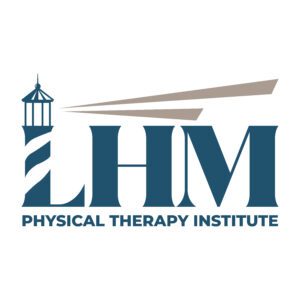
Sciatica: A Pain in the Butt – And When to Seek Physical Therapy
Sciatica, a common form of nerve pain, originates from the sciatic nerve, the longest nerve in the human body. It extends from the lower back through the buttocks, hips, and down to the legs into the foot. Sciatic nerve pain typically occurs on one side of the body and is characterized by a sharp, burning sensation that can range from mild to excruciating.
Causes of Sciatica
Sciatica is often caused by compression or irritation of the sciatic nerve. This can result from various factors, including, but not limited to:
- Herniated disc: A herniated disc occurs when the soft cushion between vertebrae in the spine protrudes, putting pressure on the sciatic nerve.
- Degenerative disc disease: As we age, the discs between our vertebrae become less flexible and more prone to deterioration, increasing the risk of sciatica.
- Spinal stenosis: Spinal stenosis is a narrowing of the spinal canal, which can compress the sciatic nerve.
- Piriformis syndrome: The piriformis muscle, located deep in the buttocks, can sometimes compress the sciatic nerve, leading to sciatic pain.
- Pregnancy: Hormonal changes and weight gain during pregnancy can put pressure on the sciatic nerve.
Symptoms of Sciatica
The primary symptom of sciatica is pain that radiates from the lower back down the leg, often described as a sharp, burning sensation.
Other common symptoms include:
- Numbness, tingling, or weakness in the leg or foot
- Muscle spasms in the buttocks or legs
When to Seek Professional Physical Therapy
While sciatic nerve pain can often improve with rest, over-the-counter pain relievers, and home stretching, seeking professional physical therapy can provide long-term relief and prevent future flare-ups.
Consider seeking professional physical therapy if you experience:
- Persistent sciatic nerve pain that lasts for more than a week
- Worsening sciatic nerve pain despite home remedies
- Numbness or weakness in your leg or foot
- Difficulty walking or standing
Benefits of Physical Therapy for Sciatica
Physical therapy for sciatica offers a range of benefits, including:
- Pain relief: Physical therapists can employ various techniques, such as manual therapy, massage, and therapeutic exercises, to reduce sciatic nerve pain and improve mobility.
- Improved spinal alignment: Addressing muscle imbalances and improving posture can help reduce pressure on the sciatic nerve.
- Strengthened back and core muscles: Strong core muscles can support the spine and reduce the risk of future sciatic nerve pain episodes.
- Personalized treatment plan: Physical therapists will create a personalized treatment plan tailored to your specific needs and goals.
Seek Expert Guidance at LHM Physical Therapy Institute
If you’re experiencing sciatic nerve pain, don’t hesitate to seek professional help. At LHM Physical Therapy Institute, our experienced physical therapists are dedicated to providing comprehensive and individualized care to help you manage sciatic nerve pain and improve your overall well-being.
Find a location near you to schedule an appointment and take the first step towards a pain-free life.






